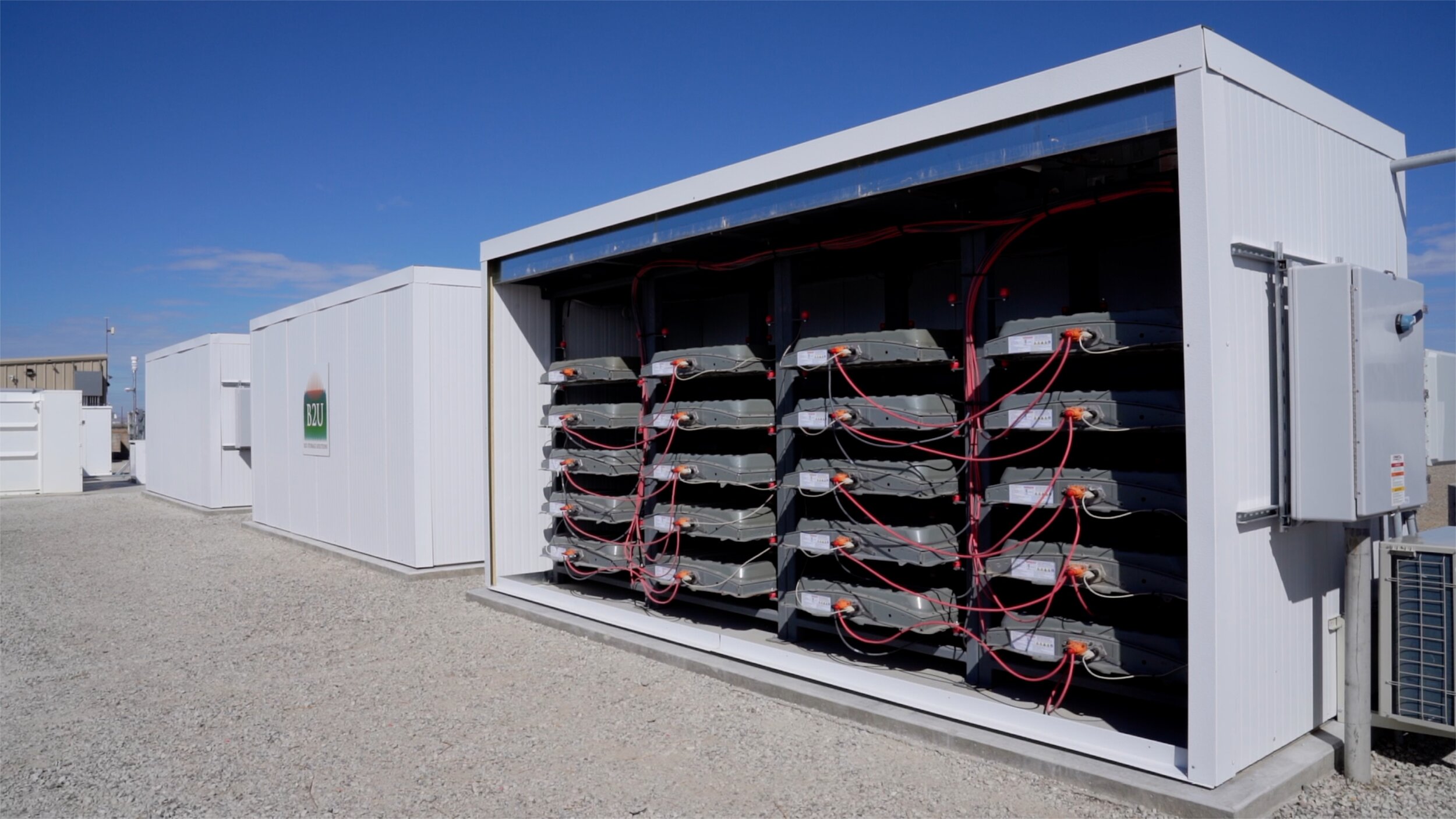This Southern California solar farm is using retired EV batteries for storing the power and then send to the grid when needed. This way the retired batteries can extend their usefulness for several…::A Southern California company is showing how repurposing EV batteries for stationary storage can extend their usefulness for several years.
That’s actually an ingenious idea I hadn’t thought about. How much cheaper are these batteries once they’ve been retired? Would this be a viable option for someone running solar at home, and wanting to store the power for later use, or is a home battery still the better option?
Yea, with a car you can’t really use them once the range gets low enough
With this, a bunch of batteries can work together for much longer. You also don’t need to worry about weight since they’re in one place
I thought I read that this was a plan Tesla had to repurpose the car batteries into power walls for home consumers. Not sure that ever ended up happening but great to see the retired car batteries given a second life
A 50 KWh or more battery pack will be overkill for most homes. But those will likely be available for cheap soon so it might still be a good option. Putting a pack that weighs several hundred kilos in your basement might be difficult, though.
I don’t know that a basement would be a good location regardless. If that thing sparks up, it’ll take out half the building before the fire department shows up.
I use mine as a box spring in my bedroom
I’m assuming that doing full charge/discharge cycles on them daily will put more wear on them than every day driving would?
But if your buying them at scrap value and the. Still selling them as scrap after a few more years I guess it works out.
The way lithium batteries work, they wear out less if you only discharge and charge them slightly. So a battery that is charged to 60%, discharged to 40%, and repeated like that will keep most of its capacity even after years of prolonged use. On the other hand, charging a battery quickly, until it is full, or discharging it until it is nearly empty will reduce its capacity over time.
A Tesla Model 3 has a battery capacity of at least 50 kWh. Even if it has lost half of its capacity, the 20% capacity difference between 60% and 40% charge, or more realistically, the 50% difference between 75% and 25%, still represents 12.5 kWh of capacity. Suppose you had an array of 1,000 such batteries. That would represent 12.5 MWh of storage capacity, enough to power ten thousand homes (at 1.2 kW each) for an hour. Certainly nothing to sneeze at.
In practice they’re used more as a sort of capacitor to provide voltage regulation on the grid, basically what gas is doing for reliability. Not sure how often that wouldn’t involve a full discharge, but I know most gas in this context is running way below its capability.
It sounds like this is being used for day/night storage here as opposed to spot demand, so it may be using more of the charge range.
I wonder if these batteries have reduced peak power output, can they fulfil the kind of balancing that you are suggesting? I guess if they had enough it would be fine.
What an atrociously dangerous planned design.
- Poor design: Thermal runaway is a serious problem that this setup has a very high chance of occurring. When it occurs, not if, it will spread fast from one container to the next and it will not be able to be put out that is the current fire fighting procedure for the state.
- It is very dangerous because these old batteries produce a very toxic and dangerous compounds when in thermal runaway. Again firefighting procedures cover hazmat requirements and it’s well documented the dangerous compounds that are present especially in these older batteries.
Net result. It will create another unstoppable fire that will dump poisons into ground water and the air recklessly endangering anyone down wind.
Solutions not problems:
- Isolate each container in an empty dam that is able to be filled with super chilled salt water the moment a runaway begins.
- Design fire suppression and shutdown to protect residents and the grid. Keep personal onsite to monitor with the authority to immediately react to fire incidents.
Good idea but good luck to the people who will try to take the fire out
Any energy storage device has risks. In this case the risk is higher, but so is the overall energy storage capability. If you store them off to the side in their own little building, there’s no real risk beyond loss of investment and environmental impacts.
Not to mention, firefighters now have tools to fight these types of fires.
Also since it’s in one place, you can build in detection and fire suppression measures.
Could be as simple as having the tools nearby (fire hydrant style), or as complex as automating the checks and suppression (cut off power, isolate the problem cells, spray em)
Yeah, a huge tank of oil or natural gas or pile of coal is a total cake walk to extinguish! /s
Batteries and by extension EVs have a much lower risk of catching fire than ICE cars. Stop repeating fossil fuel industry gaslighting.
For real.






